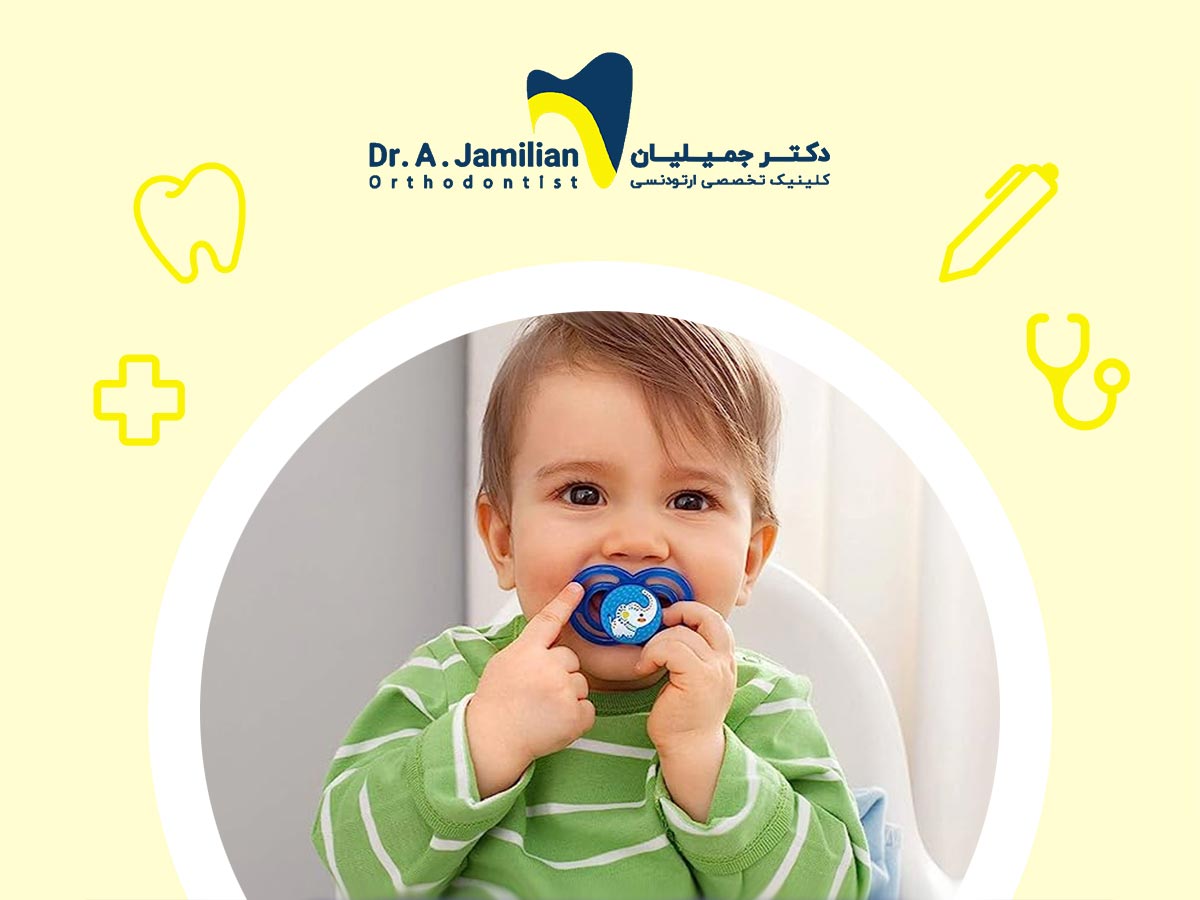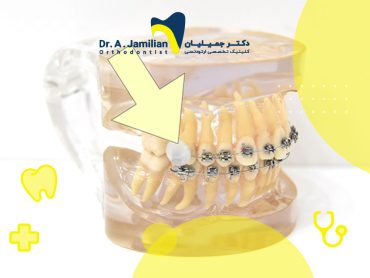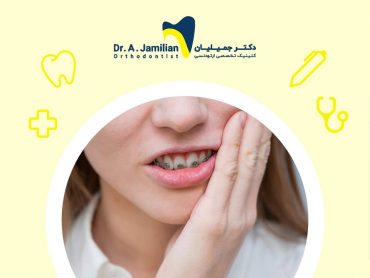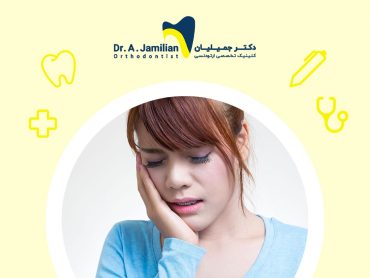The jaws, and mouths of infants are very formable(moldable) , something which has a significant effect on the development of their jaws and teeth. Therefore, what infants eat, and how they eat their foods are in the highest importance. An orthodontic pacifier is simply an instrument designed to prevent the future disarrangement of tooth and jaw complications among all types of infants.
What Is An Orthodontic Pacifier?
An orthodontic pacifier is a device resembling maternal nipples. It is wide at the bottom and round at the top. These pacifiers are designed to be able to match an infant’s developing jaws, and palates and help them take the best form. The tip of an orthodontic pacifier widens when it is sucked by an infant. This helps the infant associate the pacifier with the mother’s breasts. Not only does it relieve the stress, and calm the baby, but, the effects in the dentistry field are amazing. These pacifiers reduce the pressure exerted on the developing gums, teeth, and prevent dentistry problems. Including complications similar to: open bite, and overbite.
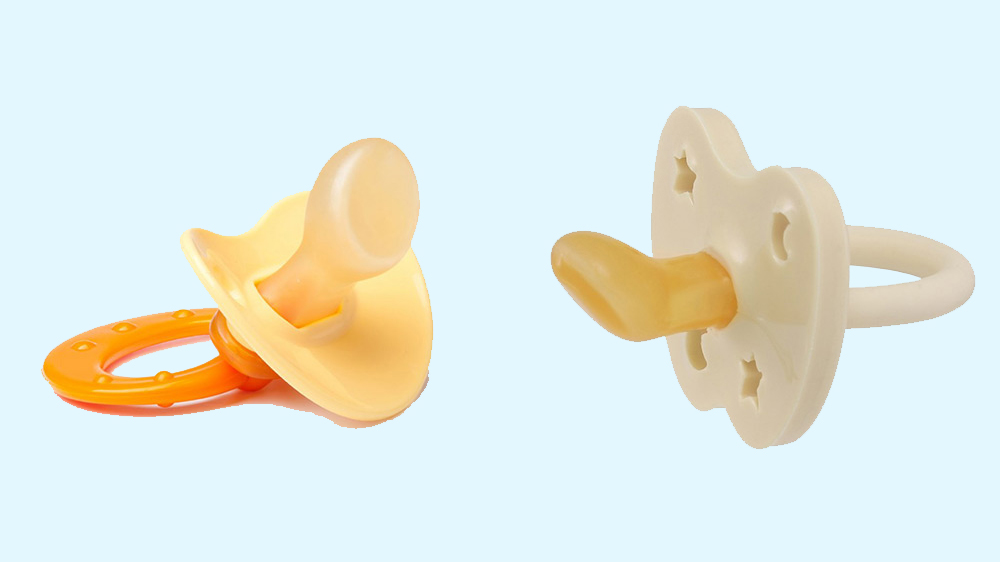
Features of Orthodontic Pacifiers
An orthodontic pacifier has multiple air holes letting in the easy flow of air. These pacifiers are flexible enough to match an infant’s mouth, and jaw without exerting much pressure on them. The pacifiers have a variety of materials, textures, and styles. Often, pacifiers are constructed out of silicone, (which makes it tasteless, has no smell, and is more resistant than latex.) In addition to this, orthodontic pacifiers have no tiny or separable components, which disables any high risk of choking the infants.
Advantages of Using Orthodontic Pacifiers
Some advantages of orthodontic pacifiers for infants are as follows:
- Improving the shape of the jaw
- Helping the healthy development of teeth
- Comforting, and stress relieving the baby
- Reducing the painful pressure in an infant’s ears during a flight
- Using an orthodontic pacifier during an infant’s first year of life may prevent the Sudden Infant Death Syndrome (SIDS).
Disadvantages of Using Orthodontic Pacifiers
Despite the above mentioned advantages, sucking orthodontic pacifiers may also have some disadvantages. The most important of which are as follows:
- Pain in the mother’s nipples due to not being used by the infant and the obstruction of lactiferous ducts
- Disarrangement of the infant’s breastfeeding habits
- Overdependence on the pacifier
- Jaw disorders and dental overjet in case of overuse
- Problems in the formation of lips
- Facial disproportion due to the long use of a pacifier
- Dysphasia in case of the long-term use
What is an Orthodontic Pacifier and its Feature FAQ
Ordinary pacifiers have a simple design which may deform the mouth, and jaws and increase the incidence of oral and dental problems. However, an orthodontic pacifier has a special design that is appropriate to an infant’s mouth, and jaw to prevent any future oral and dental problems.
The best time to accustom infants to orthodontic pacifiers is between the age range of 6 months and 1 year after birth. This is because they are attempting to become used to sucking milk out of their mothers’ breasts before that time. In fact, sucking a pacifier can confuse an infant and disturb breastfeeding before that time.
First, it is advisable to put the pacifier into the infant’s mouth several times so that the infant becomes accustomed to sucking it. The pacifier shouldn’t in any way shape or form be forced into the infant’s mouth. When the infant is hungry, it should not be placed in the infant’s mouth to form the habit of sucking it. The infant should first be fed. When the infant needs to be calm, you may then use the pacifier, so that the infant starts becoming accustomed to sucking it gradually.
The best time to stop a baby from using a pacifier is near the age of 2 years old. It is advisable to stop using the pacifier before the baby’s teeth start to grow in order to prevent any dental problems or formations (overbite, etc).
